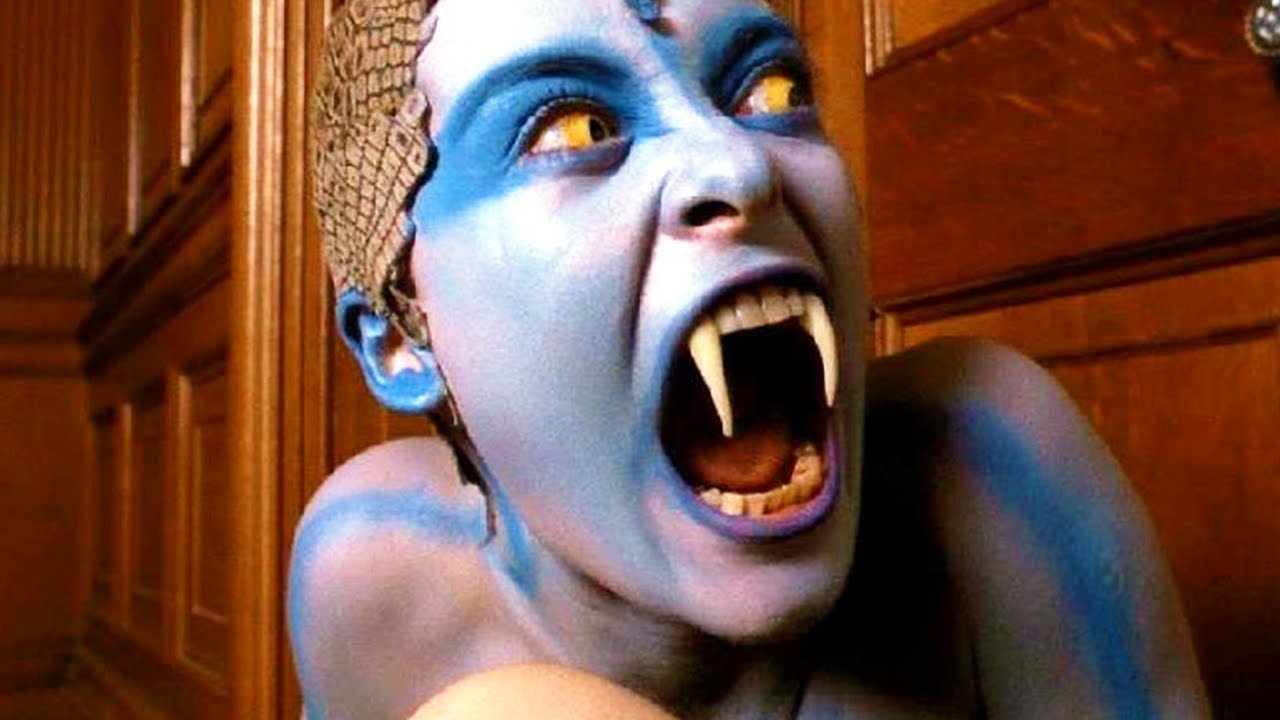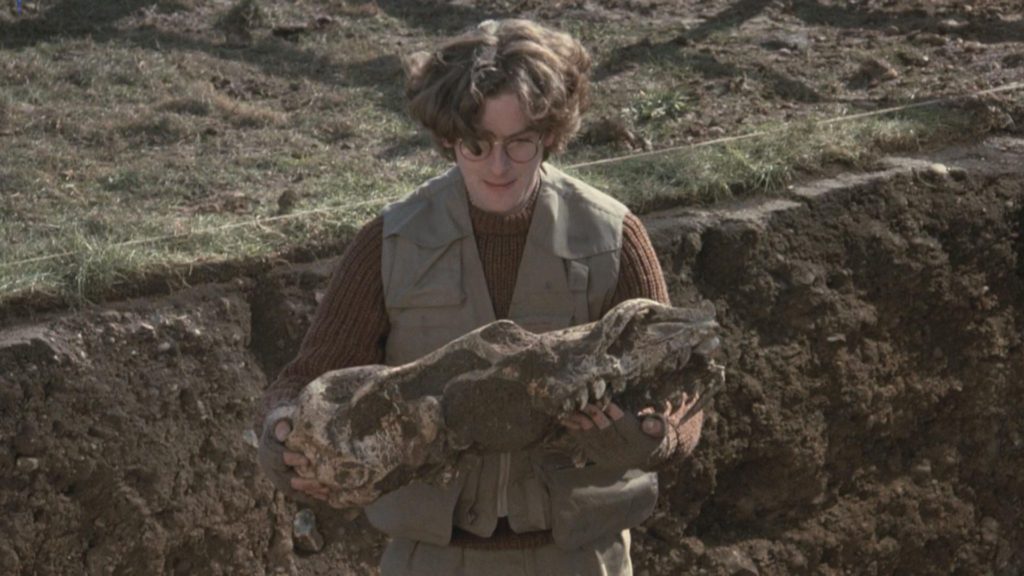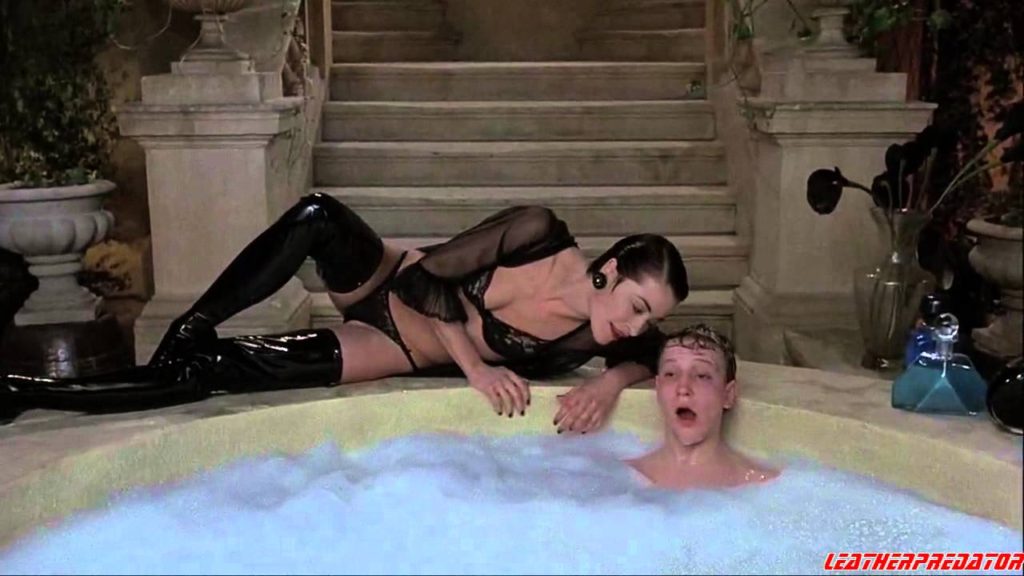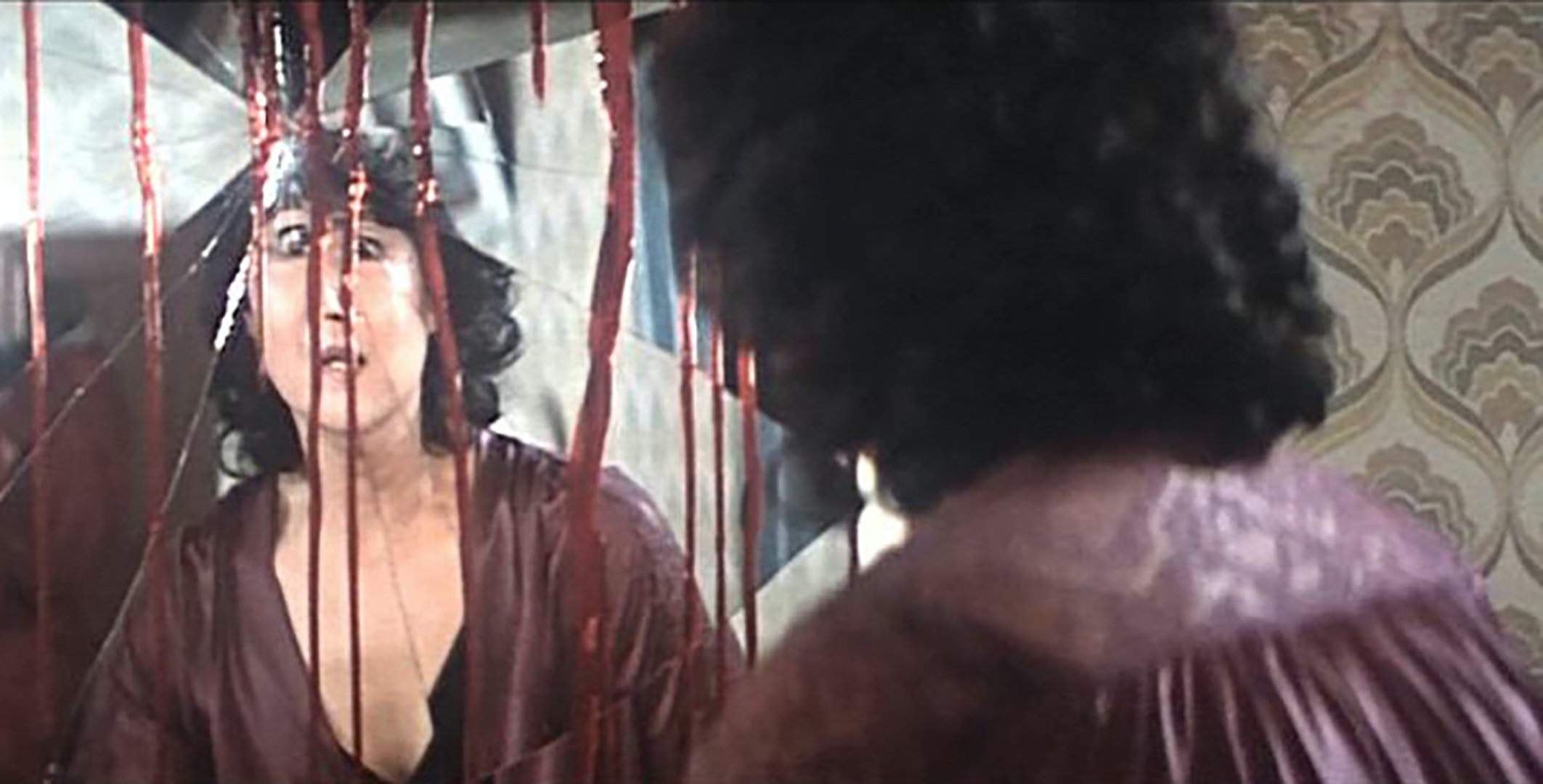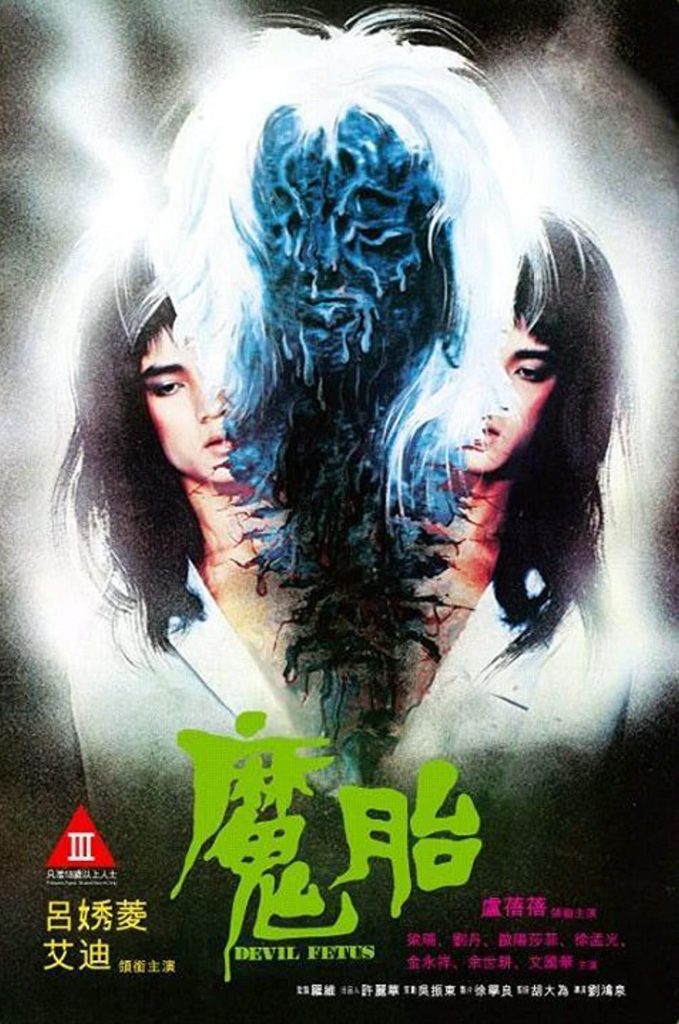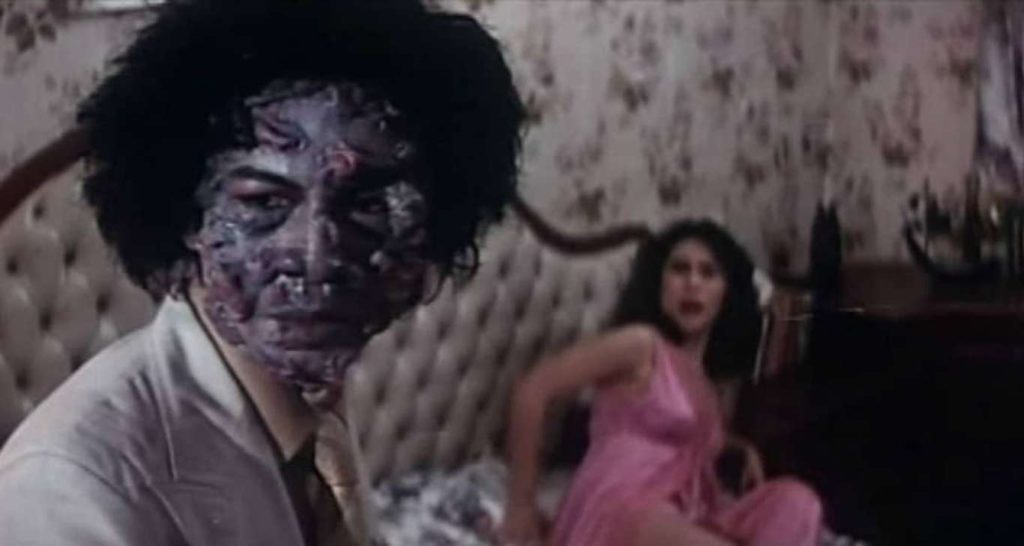Incredibly Bad Film Show: Supergirl
Dir: Jeannot Szwarc
Star: Helen Slater, Peter Cook, Faye Dunaway, Peter O’Toole.
“Supernatural forces of malevolent evil are seeking to bring the Earth to its knees. Only the summoning to the planet of a true superhero can save us from demonic control.”
Thus begin the strikingly po-faced UK trailer for Supergirl as voiced by Patrick Allen, best known perhaps as the man who “narrated” Frankie Goes to Hollywood’s Two Tribes. But as full-on nuclear holocausts go, the film probably trumps even “the last voice you will ever hear”. Oh, you can see how it could have made sense at the time, after three successful (albeit increasingly wobbly) installments of the Superman franchise. It’s just the startlingly bad execution which amazes.
You can’t knock the star power, right from the off. Peter O’Toole is Zoltar, creator of Argo City, some kind of extra-terrestrial hippy commune, going by the floaty dresses and wall-hangings favoured by the inhabitants, and his hang-dog expression suggests he saw the writing on the wall for the movie early. He is using the power source for the city, the Omegahedron, to…well, I’m not quite sure what, but it seems to involve making bad sculptures of trees. Supergirl (Helen Slater – sister of the then equally-unknown Christian) gazes enviously on, possibly contemplating the masturbatory potential in the rotating stick of sugar cane he wields for his tree-making. An clumsy and unfortunate incident sends the Omegahedron through a time-warp, and Supergirl follows in a sequence which combines the visual worst of 2001‘s climax and the opening of Doctor Who.
In one of those amazing flukes which tend to power Incredibly Bad movies, the Omegahedron, looking like a cloisonne paperweight, lands in the picnic of chief-villainess Selena (Faye Dunaway). What are the odds against that? Dunaway, while not looking round for scenery to chew (“Such a pretty world. I can’t wait until it’s all mine”), uses it to power the car radio, and abandons her sidekick, Nigel (Peter Cook). Supergirl turns up in the same spot, now in costume, and discovers her powers by crushing a rock to dust. Cue a montage of her flying cross-country, chasing second-unit footage of horses and sweeping over mountains in such a melodramatic manner, you expect her to break into, “The hills are alive…” Note that her skirt appears to be velcro’d to her thighs, to prevent it from ever rising more than an inch..
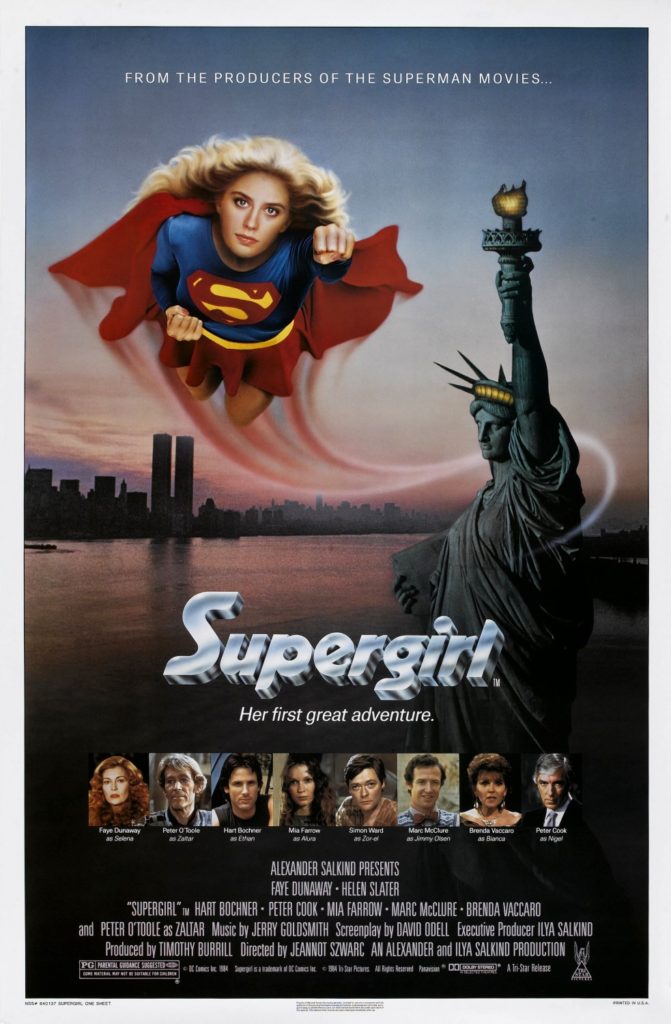
Selena’s lair is decorated in zebra skins and Turkish brothel off-casts, and one wonders whether she’s a lesbian, since the precise nature of her relationship with her assistant Bianca (Brenda Vaccaro) seems open to question. Indeed, the whole film sinks with surprising frequency into something bordering on the sordid, such as when Supergirl is menaced by two truckers. She escapes with the help of her breath power; I am tempted to make some kind of ‘blow-job’ comment at this point, but will refrain. The next morning, she wakes up next to a rabbit, and for one glorious minute, I thought it was going to go the same way as the rock, two paragraphs back. Sadly not, but Supergirl is soon disguised as a mousy schoolgirl, whose educational establishment just happens, by pure chance, to be the one where Nigel teaches maths. What are the odds against that? And if your credulity is not already snapping, she ends up rooming with Lucy Lane…yep, the sister of Lois. What are the odds, etc. etc.
Supergirl’s powers don’t win her any friends there, despite her lack of knowledge about bras. Meanwhile, Selena tests out a love-potion on Ethan, a handily-passing hunk, triggering a sequence that tries to be psychedelic, and fails miserably. He has to be rescued by Supergirl from a runaway digger — well, ‘walkaway’ is perhaps closer to the truth, since he could have saved himself with anything more than a sluggish amble. Mind you, the presence of Howard Jones on the soundtrack more than makes up for this. Viewers should also note the extremely obvious wires as Supergirl lowers the digger to the ground. Ethan falls in love with her instead, thanks to the love potion, which kicks in at just the right moment. It’s a good job the film isn’t set in Portsmouth, where drooling over schoolgirls tends to get you a brick through the window.
A miffed Selena unleashes an invisible monster, which speeds through the forest, Evil Dead-like, felling trees as Supergirl undresses, before dragging her into the woods where she is raped by the trees. Well, okay, I made the last bit up: she opens the window, says “Leave this place and do no harm”, and uses an electrically-charged lamp-post to zap the monster, in a scene nicked from Forbidden Planet, and its monsters from the id. After a brief pause for Ethan to spout some iambic pentameter – I guess that’s love for you – and get taken flying by Supergirl (whom he doesn’t realise is the same person as the mousy teenager with which he’s in love).
She has brought Nigel back into the fold, needing his knowledge of occult…things. Such as the Burundi Wand, which is “pure, unadulterated evil” (in stick form). Nigel shakes it. Ethan and Supergirl get it on, and he realises the connection to the object of his affections, proving that you can change the colour of your hair, but you can’t change the taste of your tonsils. A mountain has mysteriously appeared in the middle of town, with a castle on top — I presume the Burundi Wand had summat to do with this. To no-one surprise bar Supergirl’s, it’s a trap, and she gets imprisoned in a place with rocks even she can’t crush. She rapidly finds herself up to her neck in black tar, a sequence to gladden the heart of every lover of quicksand [you know who you are…] — oddly, the next time we see her, she’s all clean again. I presume the ‘hosedown sequence’ is in the director’s cut.
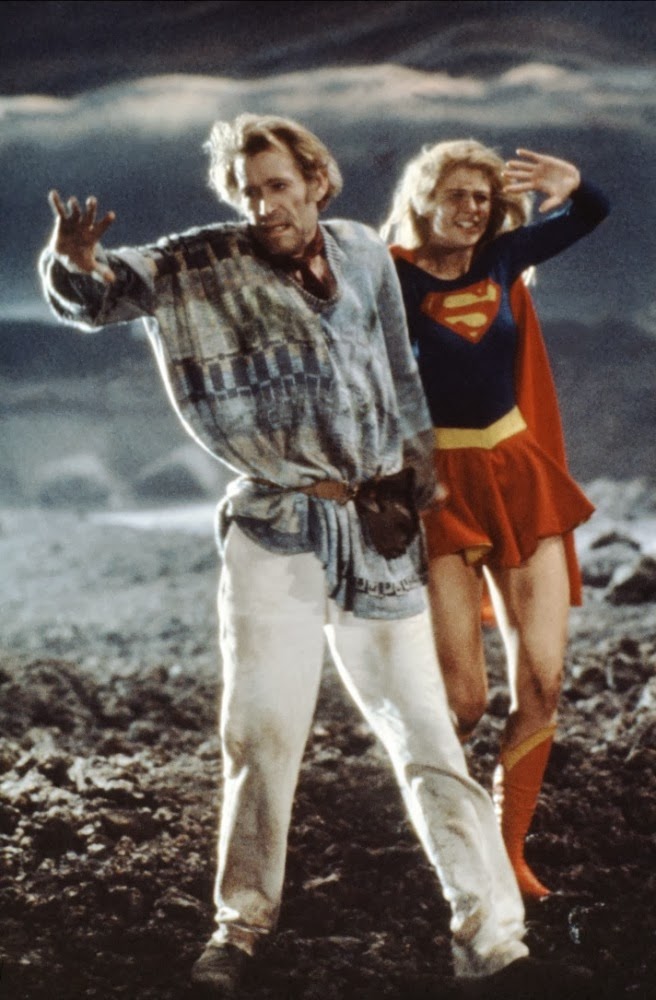
Selena installs a martial dictatorship, ruthlessly suppressing all demonstration – though since this more or less consists of Lucy Lane waving a placard, it’s not a major task. Supergirl teams up with Zoltar, who has been sent to the same place for losing the Octahedron (it’s nice to see that even super-advanced civilization prefer incarceration to rehabilitation). There is, inevitably, an escape route: the quantium vortex, which is a Wizard of Oz-like double tornado, resembling red and blue candy floss. Zoltar dies, but Supergirl makes it out, crashing back into Selena’s castle where the rest of the cast are enduring “the old dangling-in-a-cage routine”, as Nigel puts it.
The scene is thus set for a climactic battle between Selena and Supergirl, who looks a bit like Buffy – or maybe it’s just that all blonde, arse-kicking girls, look like Buffy. Will Supergirl defeat her evil nemesis, save the world and, most importantly of all, point towards a sequel? You’ll have to watch the movie to find out…
Any hopes of a sequel proved frighteningly optimistic – looking at it now, it’s hard to see how anyone could ever have released this and expected it to make money in the first place. The script never works out whether it is taking itself seriously, and while the cast is high-profile, they largely appear to be auditioning for panto. The two Peter’s, Cook and O’Toole, in particular have the same “I’d rather not be here” look seen on Gielgud and Mirren in Caligula. Rarely can hopes have been so high, not least for the previously-unknown Helen Slater, plucked from obscurity. One can only feel sympathy for her, a career sunk before it started, contaminated beyond all hope of recovery by one of the all-time turkeys. In the documentary about the movie, one of the creators says that Slater’s life will change after making Supergirl. I imagine that was likely very true: it probably had a great deal more laughing and pointing afterwards.
Footnotes
- Keep an eye out for Matt (Max Headroom) Frewer, as one of the truckers who try to ravish Supergirl, and Sandra (Hitch-hiker’s Guide to the Galaxy) Dickinson as a guest at Selena’s party.
- One of Supergirl’s costumes sold for $12,925 in May 2000 — I don’t know whether the velcro was included…
- Director Jeannot Szwarc’s career didn’t exactly take off as a result either; subsequent work such as Santa Claus: The Movie would suggest that a lot of the blame can be laid at his feet.
- The version reviewed is the 124-minute international version; a 138-minute director’s cut is also available, but there are some sacrifices I am not prepared to make.

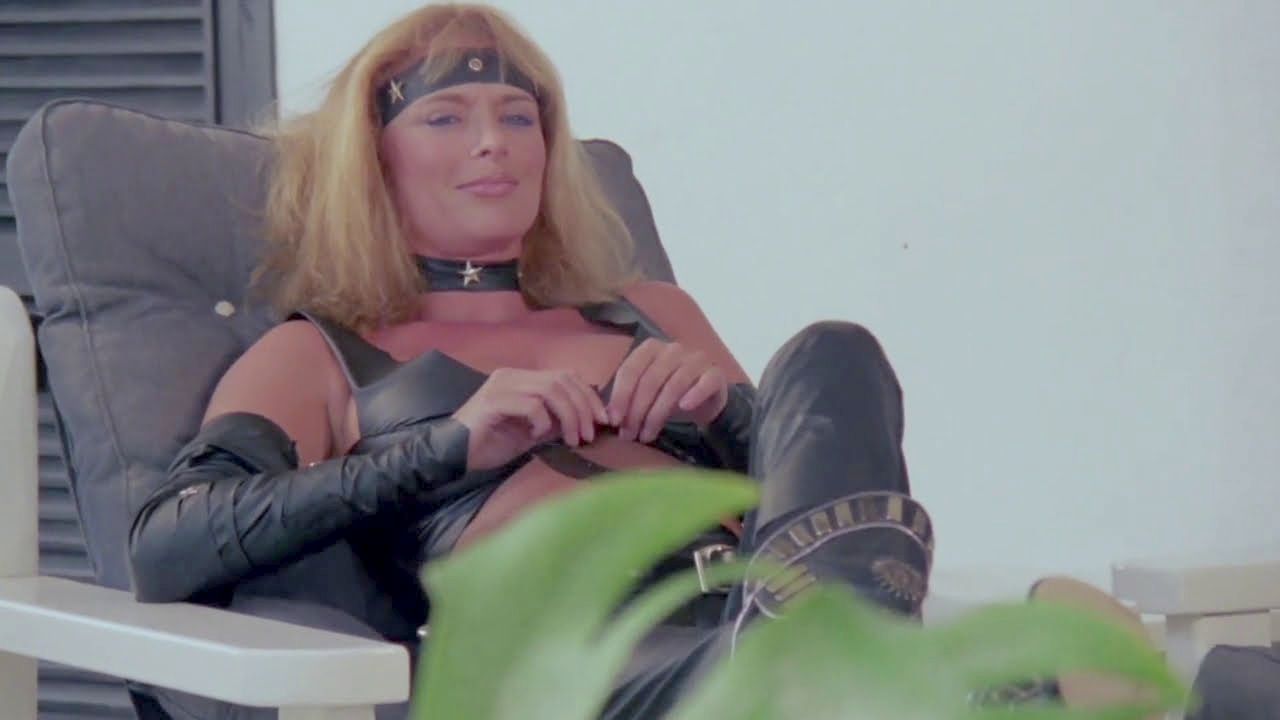
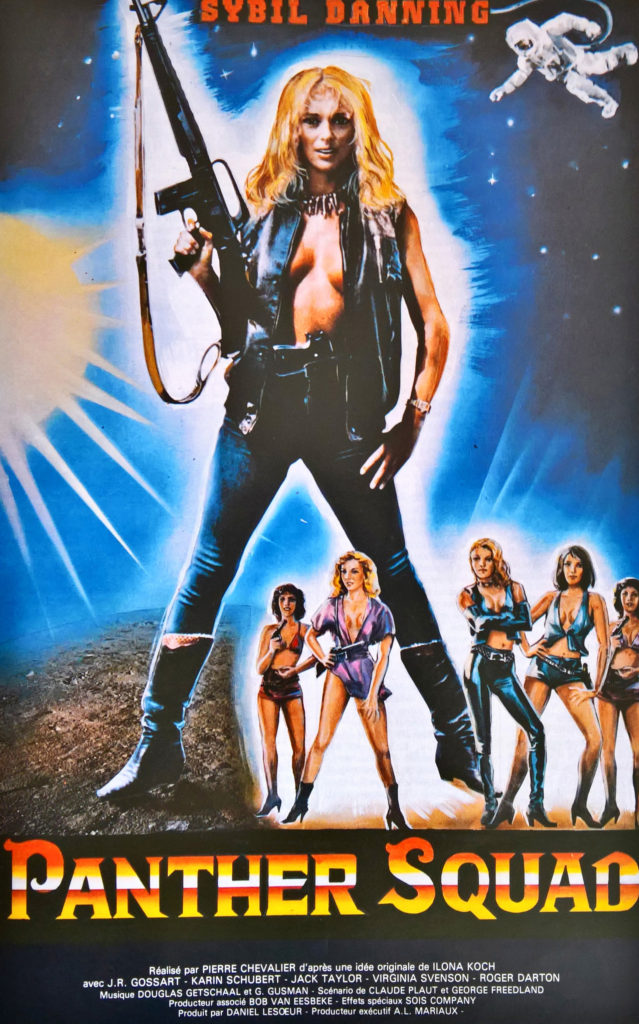
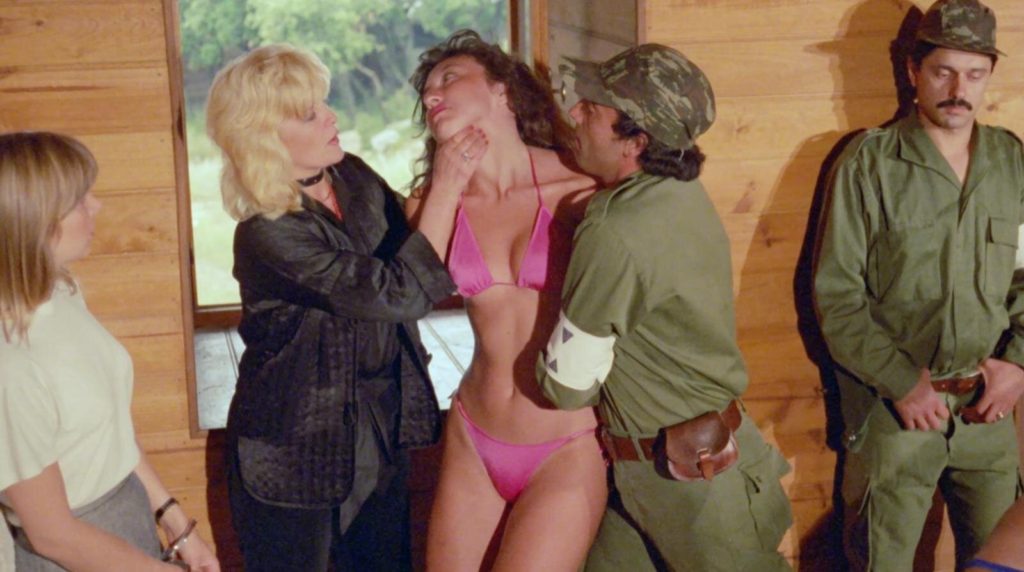
 The BBFC have had a busy couple of weeks; not only have they released their new guidelines for R18 videos – which basically legalise hard-core pornography in this country – they announced changes to the way all films would be classified, as a result of consultation and research. The basic summary is fewer restrictions on films for adults i.e. with an ’18’ certificate, but tighter regulation on those available to be seen by children. These two combine to make what is perhaps the biggest shake-up in British censorship since the Video Recordings Act and could usher in a new, glorious dawn of freedom…
The BBFC have had a busy couple of weeks; not only have they released their new guidelines for R18 videos – which basically legalise hard-core pornography in this country – they announced changes to the way all films would be classified, as a result of consultation and research. The basic summary is fewer restrictions on films for adults i.e. with an ’18’ certificate, but tighter regulation on those available to be seen by children. These two combine to make what is perhaps the biggest shake-up in British censorship since the Video Recordings Act and could usher in a new, glorious dawn of freedom… “About half the national sample agreed that violence in films might make people behave more violently in real life… The same statement was put to participants before and after the jury. As part of the process, they heard from witnesses involved in researching the effects of screen violence, and this seems to have made them much more doubtful about the simple cause and effect proposition. Agreement fell from half the jury beforehand to less than one in five afterwards.” The implication is that the “gut-feeling” people have that media violence leads to real violence, doesn’t stand up in the face of the actual facts.
“About half the national sample agreed that violence in films might make people behave more violently in real life… The same statement was put to participants before and after the jury. As part of the process, they heard from witnesses involved in researching the effects of screen violence, and this seems to have made them much more doubtful about the simple cause and effect proposition. Agreement fell from half the jury beforehand to less than one in five afterwards.” The implication is that the “gut-feeling” people have that media violence leads to real violence, doesn’t stand up in the face of the actual facts. “Almost half the national and postal samples agreed with the statement that people over 18 have a right to see graphic, real sex in films and videos. Internet respondents were much more strongly behind the proposition.” Indeed, 89% of us agreed, probably because we can see graphic, real sex on the Internet any time we want. But generally, Net respondents were much more liberal — only 7%, as opposed to 46% gave credence to the “imitative violence” statement. Some might say this is due to the fact that the technical feat of getting onto the Net filters out the dumber members of society…
“Almost half the national and postal samples agreed with the statement that people over 18 have a right to see graphic, real sex in films and videos. Internet respondents were much more strongly behind the proposition.” Indeed, 89% of us agreed, probably because we can see graphic, real sex on the Internet any time we want. But generally, Net respondents were much more liberal — only 7%, as opposed to 46% gave credence to the “imitative violence” statement. Some might say this is due to the fact that the technical feat of getting onto the Net filters out the dumber members of society… “Approaching half of all three survey samples agreed that violence becomes more acceptable if it is humorous or in a historic/fantastic setting.” Actually, this is something that has always bothered me a bit; A-Team style violence without consequences would seem to me to be potentially more damaging, since it could cause people to downplay the real effects of violence. Obviously, there’s a point beyond which it becomes gloriously Tom & Jerry, but it’s always the nasty, brutal,
“Approaching half of all three survey samples agreed that violence becomes more acceptable if it is humorous or in a historic/fantastic setting.” Actually, this is something that has always bothered me a bit; A-Team style violence without consequences would seem to me to be potentially more damaging, since it could cause people to downplay the real effects of violence. Obviously, there’s a point beyond which it becomes gloriously Tom & Jerry, but it’s always the nasty, brutal,  “Respondents were asked to think of the different categories of film…and indicate for each level how offensive they found specific elements… Drug portrayal consistently [caused] the most offence and nudity the least.” As a result of this, there is the perhaps surprising recommendation that “natural nudity, providing there is no sexual context or sub-text, is acceptable at all classification levels.” A return to the days of naturists playing volleyball may be expected as a result…
“Respondents were asked to think of the different categories of film…and indicate for each level how offensive they found specific elements… Drug portrayal consistently [caused] the most offence and nudity the least.” As a result of this, there is the perhaps surprising recommendation that “natural nudity, providing there is no sexual context or sub-text, is acceptable at all classification levels.” A return to the days of naturists playing volleyball may be expected as a result… “The BBFC recognises that audiences pay to see horror films because they like being frightened. The board does not cut films simply because they alarm or shock. Instead, it classifies them to ensure the young and vulnerable are protected.” Those are my italics – it’s good to see that the culture of doublethink promoted under Ferman, including the name change from “…Film Censors” to “…Film Classification”, is still alive and well. Try telling that to the distributors of Last House on the Left, recently refused any kind of certificate.
“The BBFC recognises that audiences pay to see horror films because they like being frightened. The board does not cut films simply because they alarm or shock. Instead, it classifies them to ensure the young and vulnerable are protected.” Those are my italics – it’s good to see that the culture of doublethink promoted under Ferman, including the name change from “…Film Censors” to “…Film Classification”, is still alive and well. Try telling that to the distributors of Last House on the Left, recently refused any kind of certificate. The BBFC attempt to portray the changes to the R18 category as a small loop-hole, since they are a tiny fraction of the tapes certified, and are “only” available through licenced sex-shops. However, what they forgot to mention – accidentally I’m sure – is that HM Customs and Excise have now been ordered to follow the same guidelines and so anyone with a credit card can import, not just the films which have been R18-passed here, but any of similar content. Previous attempt at liberalisation have been foiled by Customs bleating to Jack Straw that the BBFC were passing stuff which they would seize on import. No more, as the following news-group post shows:
The BBFC attempt to portray the changes to the R18 category as a small loop-hole, since they are a tiny fraction of the tapes certified, and are “only” available through licenced sex-shops. However, what they forgot to mention – accidentally I’m sure – is that HM Customs and Excise have now been ordered to follow the same guidelines and so anyone with a credit card can import, not just the films which have been R18-passed here, but any of similar content. Previous attempt at liberalisation have been foiled by Customs bleating to Jack Straw that the BBFC were passing stuff which they would seize on import. No more, as the following news-group post shows: